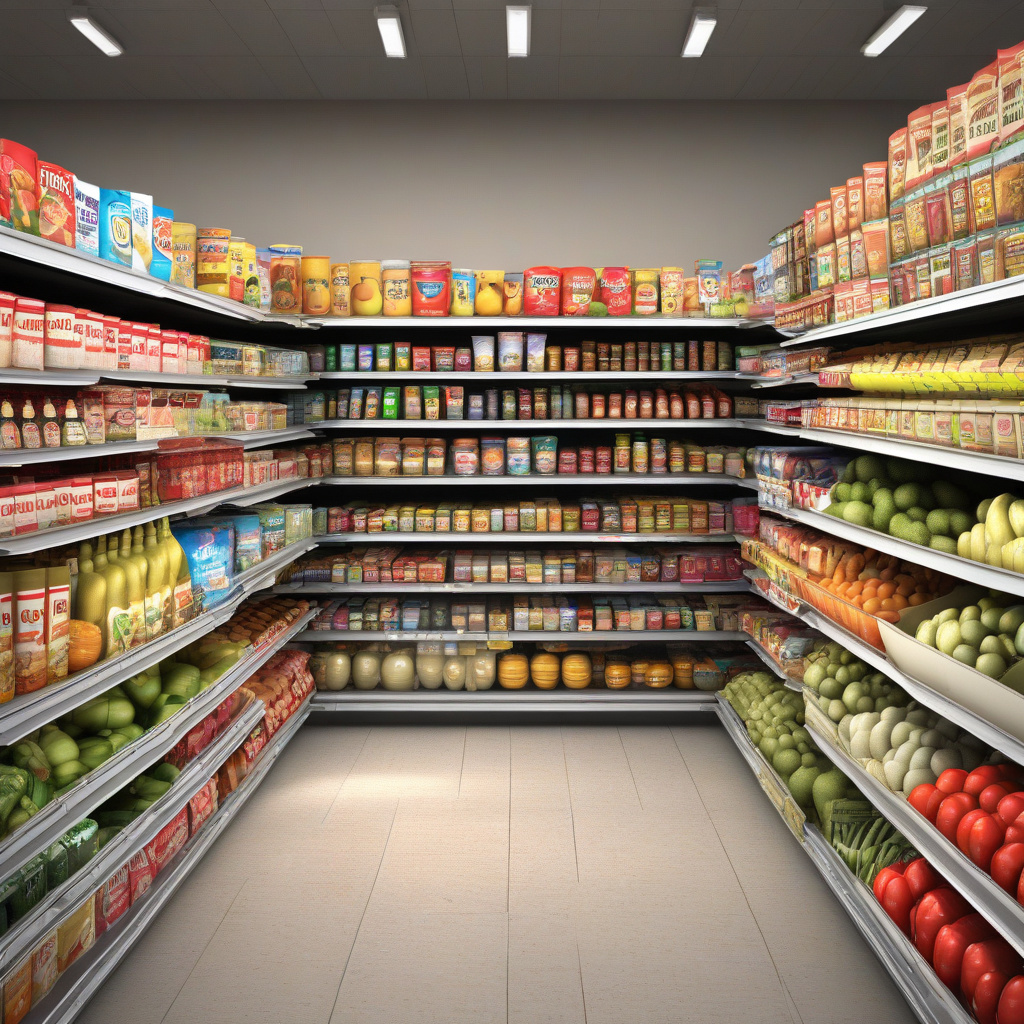Grocery Inflation Ticks Up Again in June: Strategies for Retailers to Navigate the Rising Costs
The Consumer Price Index (CPI) for food at home has once again surged, both on a monthly and yearly basis. This uptick in grocery inflation indicates a continuing trend that retailers and consumers alike have been grappling with. As the elevation dynamic of food prices continues to impact budgets and shopping habits, retailers must adapt and strategize to navigate these rising costs effectively.
The recent increase in grocery inflation can be attributed to various factors, including supply chain disruptions, labor shortages, and fluctuating demand. The ongoing effects of the global pandemic have further exacerbated these challenges, leading to price hikes across a wide range of food products. From essential pantry staples to fresh produce and meat, consumers are feeling the pinch at the checkout counter.
For retailers, managing and mitigating the impact of grocery inflation requires a proactive approach. Here are some strategies to help navigate the current landscape:
- Optimize Pricing Strategies: With costs on the rise, retailers need to carefully evaluate their pricing strategies. Implement dynamic pricing models that take into account fluctuations in supply and demand, as well as changes in production and transportation costs. By staying agile and responsive to market conditions, retailers can maintain competitiveness while protecting their profit margins.
- Promote Private Label and Value Brands: In times of inflation, consumers are more likely to seek out affordable options. Retailers can capitalize on this trend by promoting their private label and value brands, which typically offer lower price points compared to national brands. Highlighting the quality and value of these products can attract budget-conscious shoppers and drive sales.
- Enhance Operational Efficiency: Streamlining operations and optimizing efficiency can help offset rising costs and improve overall profitability. Evaluate supply chain processes, minimize waste, and negotiate favorable terms with suppliers to maximize cost savings. Investing in technology and automation can also boost productivity and reduce labor expenses in the long run.
- Focus on Customer Experience: Despite inflationary pressures, maintaining a positive customer experience is crucial for retaining loyal shoppers. Communicate transparently about price changes and offer value-added services such as personalized recommendations, convenient delivery options, and seamless checkout experiences. Building strong relationships with customers can foster loyalty and differentiate your brand in a competitive market.
- Monitor Market Trends: Stay informed about industry trends, economic indicators, and consumer behavior to anticipate changes in the market. By leveraging data analytics and market insights, retailers can make informed decisions and adapt their strategies accordingly. Keeping a pulse on the latest developments in the retail landscape is essential for staying ahead of the curve.
In conclusion, the recent uptick in grocery inflation poses challenges for retailers, but with the right strategies in place, it can also present opportunities for growth and innovation. By optimizing pricing, promoting value brands, enhancing efficiency, prioritizing customer experience, and monitoring market trends, retailers can navigate the complexities of rising costs and emerge stronger in the ever-changing retail landscape.
#GroceryInflation #RetailTrends #PriceOptimization #CustomerExperience #MarketInsights
